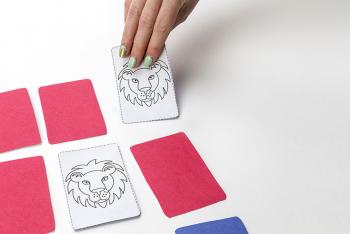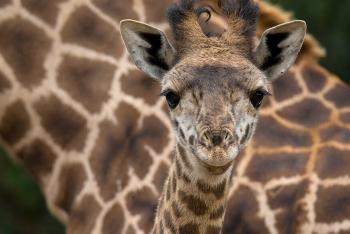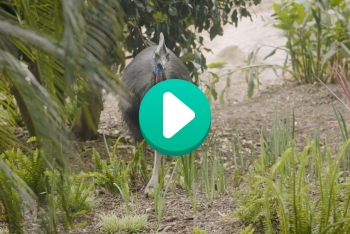Kids Glossary
To adjust to new conditions or surroundings, sometimes over time or several generations.
Living or spending time in the air.
Any root exposed to the air.
An unprovoked attack made by an animal/The tendency for an animal to attack.
A communication made by animals to alert others to the presence of a predator or a potential predator. May be visual, vocal, olfactory, etc.
An animal or plant that has less pigment than normal. An albino animal usually has skin that appears white or transparent; white or nearly colorless hair, feathers, or scales; and pink or blue eyes with a deep-red pupil. An albino plant has less of the chemicals that give plants their normal colors.
Organisms that occur in most habitats, from marine and freshwater to desert sands, and from hot springs to snow. They vary from small, single-celled forms to complex multicellular forms, such as the giant kelps. Algae are important as primary producers of organic matter at the base of the food chain. They also provide oxygen for other aquatic life.
The strongest male or female of a species in a small geographic area.
Helpless at birth, requiring complete parental care. This term is used to describe some bird species, such as parrots, that need time to grow their feathers and gain strength in their wings to fly.
A method of attack. The attacker hides from its prey until the prey gets close enough to attack, surprising the prey. Tigers, pythons, and rattlesnakes are examples of ambush hunters.
A cold-blooded animal that lives both on land and in water and is able to breathe through its skin as well as, or instead of, through its lungs. Frogs and salamanders are amphibians.
The structure of an organism or of its parts.
Any living thing that is not a plant. Most animals can move about freely. All use plants or other animals as food. All have sensory organs.
Every animal (from butterflies to basset hounds to black bears to you) belongs to this scientific grouping.
A long, thin feeler on the head of an insect, spider, or crustacean. Antennae (two or more antenna) are used as sensing organs, usually for touch.
To refer to animal behavior in terms of human behavior.
An antitoxic serum used in the treatment of snakebites.
Growths on the head of a deer that shed every year and are made of bone-like material.
Able to live in water, as a fish or turtle.
Able to live in trees, like a parrot or iguana.
The introduction of sperm into the female reproductive tract by other than natural means.
Scientific order of even-toed ungulates, such as antelope and goats.
Referring to birds.




